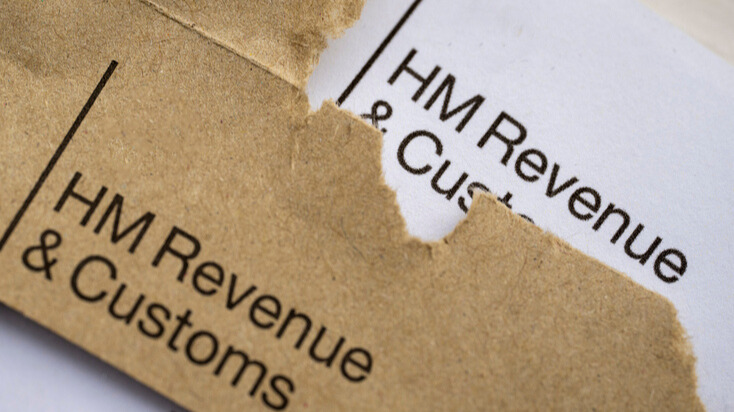SMEs businesses and startups across the country are missing out on a secret weapon that can broaden the base of resources to fuel growth.
HMRC’s tax relief for research and development expenses, also known as the R&D tax credits, is an effort to boost business innovation and intellectual property across the country.
The tax relief scheme is based on the understanding that new products and technologies are difficult to create, can take years to develop, and struggle to survive upon initial launch. Companies striving to push the boundaries of their industry are exposed to tremendous risk and lack the resources needed to sustain ongoing innovation. Since it was introduced in 2000, HMRC’s R&D tax relief program has been a vital source of funding for thousands of small companies and technology leaders across the country.
How do R&D tax credits work?
Tax relief is provided by either reducing a company’s liability to corporation tax or by making a payment to the company based on the amount of money spent on research and development over the course of the financial year. The program’s three schemes – Small or Medium-sized Enterprise (SME) Scheme; The Large Company Scheme; and Research and Development Expenditure Credits (RDEC) – have been around for years. Over the past eighteen years, over 240,000 claims have been made – collectively worth a total of £21.4 billion. However, the number of businesses that claim this relief has historically been fewer than the number eligible.
According to HMRC’s official statistics, many small and medium-sized businesses are leaving money on the table because of a lack of awareness about the schemes. Startups and innovative technology projects across the country are missing a vital source of funding because of this.
Which R&D tax credits scheme should I apply for?
Companies with less than 500 employees, annual turnover under €100m or a balance sheet total under €86m are eligible for the small and medium sized enterprises (SME) R&D tax credit scheme. This scheme allows businesses to claim a total of 230% deduction on qualifying R&D expenses as a tax credit. In other words, a £100 worth of R&D expenses will help a business cut £230 from its annual net profit before taxes, thus reducing the overall tax bill.
The scheme also considers the fact that many small and medium-sized businesses are operating at a loss. These companies can claim a tax credit worth up to 14.5% of the surrenderable loss.
R&D Tax Credit Statistics – 2018
According to HMRC’s September 2018 report, this has climbed to 39,960 claims worth £3.5bn using a year-on-year comparison. Meanwhile, there were 5.6 million SMEs in the UK in 2018, which was over 99.3% of all businesses.
Many of these small businesses are at the cutting-edge of science and technology. The UK is transitioning away from mom-and-pop stores to an innovation economy filled with young entrepreneurs. The scale of these new innovations require tremendous resources and support. While the British government’s tax relief scheme is an important catalyst, business owners and startup entrepreneurs need to learn about and take advantage of the schemes to level the playing field with the global tech giants and multinational companies they compete with.








